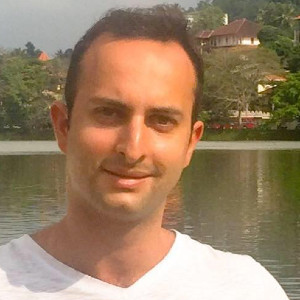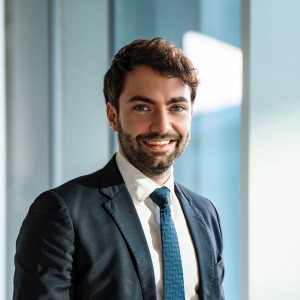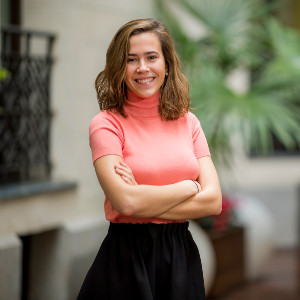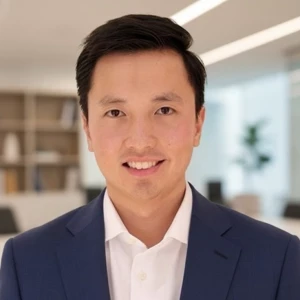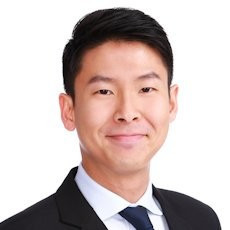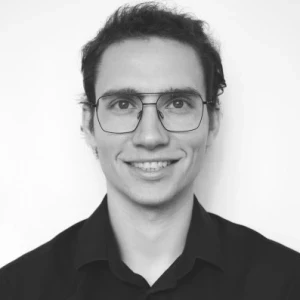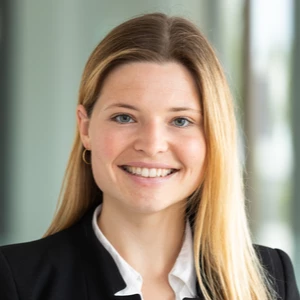hi i do not understand this part:
"Cost per trip = (420k / 300k + 0.5) * 10 + 10,500 / 350 / 10 + 20 * 1 = £61
Difference against a double-decker = 105-61 = £44 per trip
Number of trips to payback the investment = 420k / 44 = ~9,500"
what is done with the double deck buses and why we use the difference in cost to calculate payback. Furtheremore revenu from tickets sale is not taken into account in payback calculation
